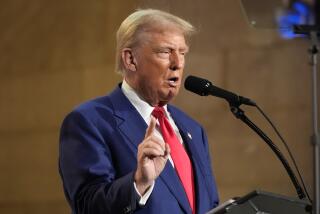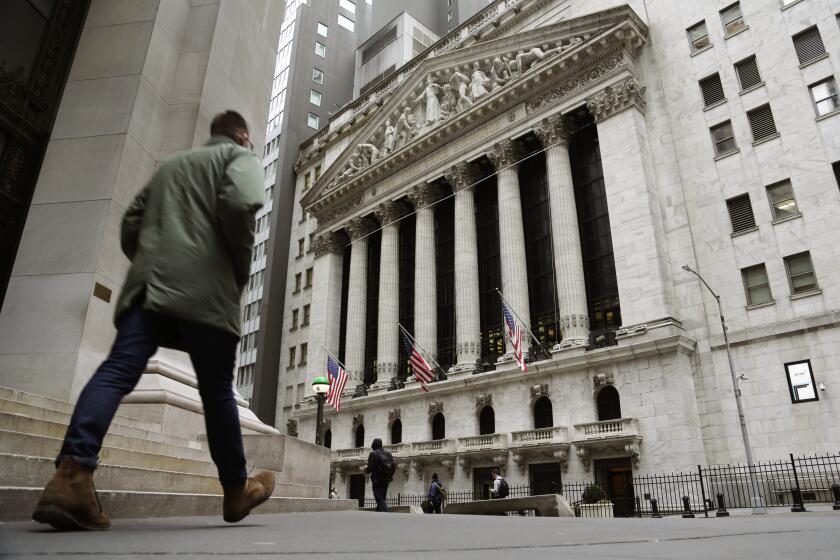CLINTON’S INDUSTRIAL POLICY : Game Plan for Competitiveness
- Share via
President Clinton this week has called for closer collaboration between government and industry on several fronts. Here is an assessment of the President’s proposals:
AIRLINES
For the record:
12:00 a.m. Feb. 25, 1993 For the Record
Los Angeles Times Thursday February 25, 1993 Home Edition Business Part D Page 2 Column 3 Financial Desk 2 inches; 38 words Type of Material: Correction
Battery research--A chart published Wednesday misstated U.S. investment in developing batteries for electric cars. According to the U.S. Advanced Battery Consortium, spending was $2 million in 1991 and $6.3 million in 1992. Projected spending this year is $62 million.
THE PLAN: President Clinton has proposed the creation of a national commission to recommend ways to help the ailing U.S. airline industry. The panel likely would examine ways to help U.S. airlines gain access to international markets, what to do with the taxes collected on airline tickets and the implications of re-regulation.
THE RISKS: Government help may come at the expense of freedom from regulation. Jobs may be eliminated and ticket prices may rise.
THE REWARDS: Opening up foreign markets to U.S. airlines could help staunch the industry’s massive losses.
U.S. Airline Industry Earnings/Losses
Source: Air Transport Assn. of America
AEROSPACE
THE PLAN: In one of his few allusions to a trade policy that would back up his domestic technology agenda, Clinton has vowed to stop Europe from pouring huge subsidies into its Airbus Industrie consortium. The President also has pledged funds to aid in the conversion of the aerospace industry to non-military applications.
THE RISKS: Critics say dependence on the government is part of what hurt the U.S. aerospace industry in the first place. Clashes with Europe could open up a broader trade war.
THE REWARDS: Boeing Co. and McDonnell Douglas Corp. might be able to hire back some of the thousands of U.S. workers they recently have laid off.
New Aircraft Orders
Number of commerical aircraft orders. Negative number reflect cancellations.
1989 1990 1991 1992 Boeing 874 526 255 232 McDonnell Douglas 233 168 -66 36 Airbus 421 404 77 41
SOURCE: Company reports
HIGH TECHNOLOGY
THE PLAN: The President would spend $17 billion over four years on a myriad of high-tech projects, including an national information “superhighway.” Clinton has called for closer collaboration between government and high-tech industries.
THE RISKS: The government could steer the nation in the wrong direction.
THE REWARDS: Government funding could resuscitate pre-commercial research which is not able to capture private funding.
Spending on Reseach and Development (constant 1987 dollars)
Approximately 60 % of the federal funds and 40 % of the industry funds were spent exclusively on high technology research and development, according to analyst estimates. Source: National Science Foundation
AUTOMOBILES
THE PROPOSAL: A portion of the $17 billion would advance development of the electric car. A “clean car” task force would be formed to help establish cooperative research ventures in fuel cells, advanced batteries and the production of methanol and hydrogen fuels.
THE RISKS: Here again, a wrong choice by the government could lead the nation down unproductive paths.
THE REWARDS: A government contribution toward development costs could encourage more investment from private industry and make for better results.
Investment in Electric Car Battery Development
Source: U.S. Advanced Battery Consortium
More to Read
Inside the business of entertainment
The Wide Shot brings you news, analysis and insights on everything from streaming wars to production — and what it all means for the future.
You may occasionally receive promotional content from the Los Angeles Times.










